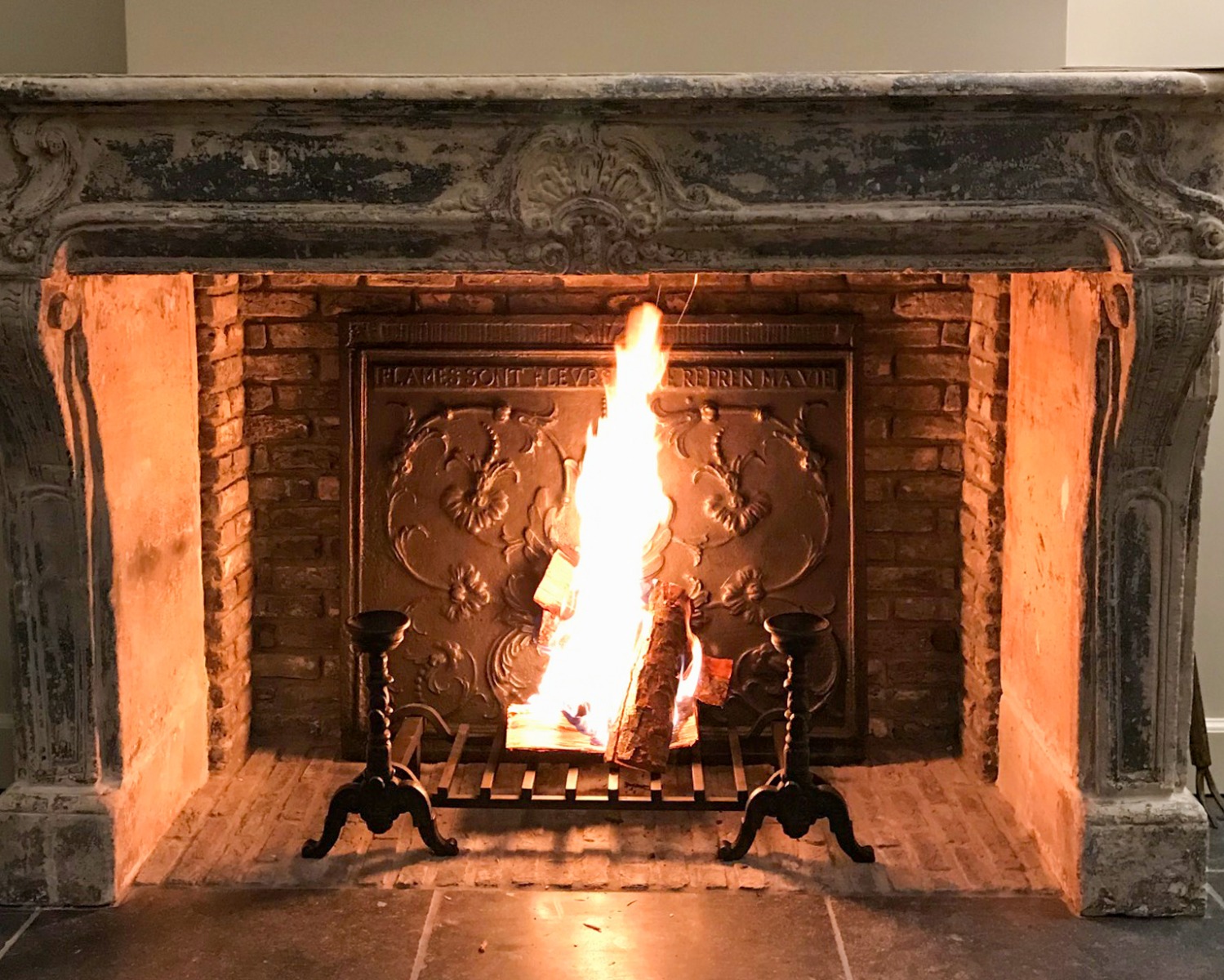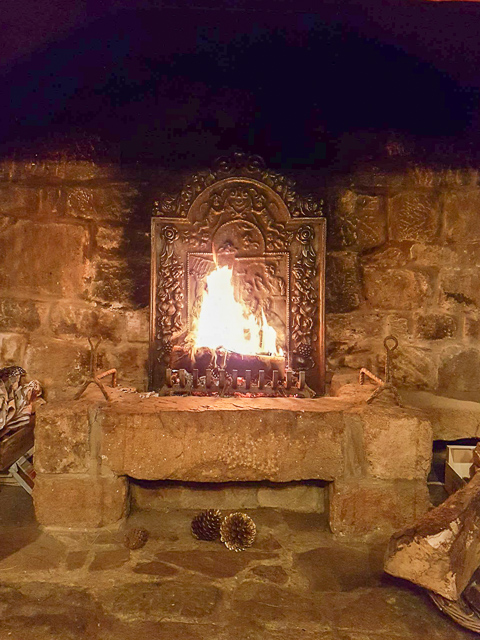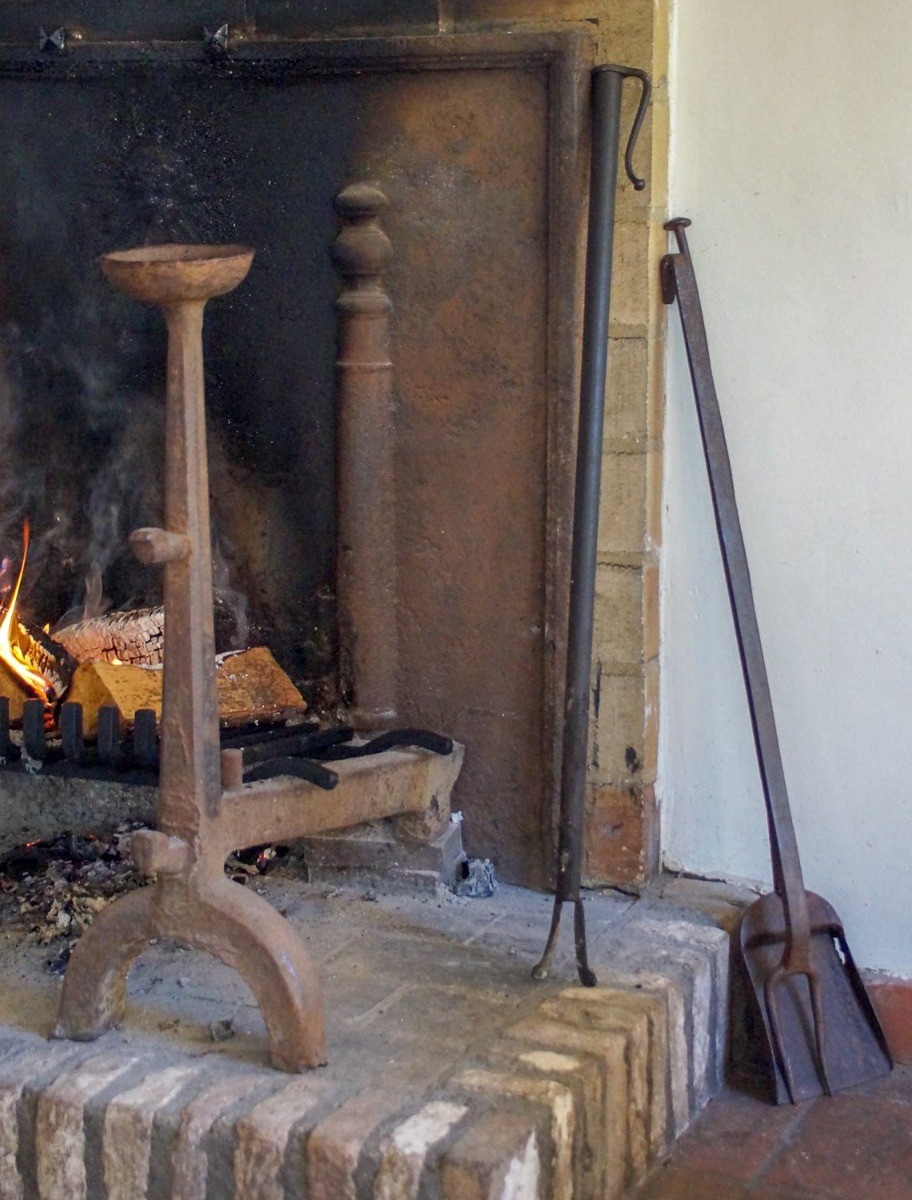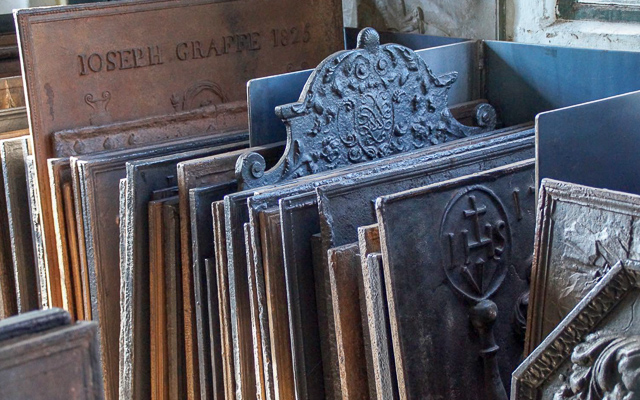What is sustainable heating?
Wood is a more sustainable fuel than fossil fuel. This is because wood emits less CO2 during combustion and because wood is not a finite fuel but can regrow. Burning wood nevertheless still affects the environment. In addition, there are people who are bothered by the smoke that is released from burning wood. Eco-friendly use therefore means taking into account the environment and our fellow man. There are four main ways to accomplish this:
- Causing as little smoke as possible, since the smoke contains soot/particulates.
- Producing as little CO2 as possible by burning the wood as completely as possible.
- For a properly burning fire, use as little wood as possible and simultaneously create as much heat radiation as possible (efficiency).
- Put the heat from the fireplace to the best use in heating your home sustainably.
Eco-friendly fireplace use comes down to making a well-burning, steady fire as quickly as possible and keeping the fire burning well. This releases as little soot and CO2 as possible, and the wood consumption is as efficient as possible. The emissions of soot and CO2 together are called the emissions. Eco-friendly fireplace use means being thoughtful in the use of the fireplace.
In addition, sustainable heating makes the best use of the heat from the fireplace in heating the home sustainably.
The following tips help with this.

Tips for eco-friendly fireplace use
1 | Make sure there is enough oxygen
Make sure there is enough oxygen in the room for the combustion of the wood. This can be a problem in well-insulated homes. Then there is an under-pressure, due to lack of oxygen. To ensure this, open a ventilation grille or a window (temporarily). It works best if oxygen is available near the fireplace, such as through air vents next to, in, or under it. A fireback will then also provide the most heat. An extraction hood can also create an under-pressure. It should be turned off.
2| Control the airflows in the house
If the fireplace has to get oxygen elsewhere from the house anyway, you get airflows in the house. These airflows can cause a lot of cold. To reduce this, you can influence the airflows by keeping certain doors closed and closing certain gaps. In this way, you will get more warmth.
If you have a damper or damper in the fireplace, you can close it (partially), provided the fire keeps burning well and does not get smoky. This is because the chimney causes drafts of warm air from the house. However, do not close the chimney until the fire is out. Otherwise, you will get smoke containing particulate matter. Also, don't forget to open the damper again before the fire is lit.
3 | Ensure a good draft
Ensure a good draft in the fireplace by:
- Having the chimney checked and cleaned at least once a year.
- Use the upside down method (or Swiss method) for lighting, so that the chimney warms quickly, and a good draft is created (see explanation below).
- Raise the fire a bit above the ground, using a fire basket or andirons and a fire grate. This allows air to get under the fire. If necessary, elevate the fire basket or the andirons with bricks if there is still insufficient air under the fire.
- Lower the top of the opening of the fireplace. This will bring the air flow closer to the fire, and the fire will burn better. For this purpose, a strip of fireproof glass, fabric or sheet iron of 15-20 cm can be attached to the top of the opening of the fireplace. The potential effect of this can be tested by, for example, temporarily applying a piece of plasterboard to the top of the fireplace.
If these solutions do not help create a better draft, then professional solutions may be sought. Options include installing an air vent near the fireplace, placing a fan in or on the chimney, or improving the flue.
Browse here also our current online stock of 400+ pairs of andirons or firedogs
4 | Burn with good firewood
Burn with good firewood by:
- Only burn with wood that has dried for at least two years. With wet wood, it is difficult to get good combustion going and to keep it going.
- Light the fire with kindling, firelighters and wood blocks (see the Swiss method for lighting below). For the logs, use slow-burning woods such as oak, beech, birch and wood from fruit trees. Another disadvantage of fast-burning woods such as poplar, pine, willow and alder is that many sparks are produced by these types of wood.
- Do not use resins or painted or impregnated wood. This type of wood has much higher emissions. Do not use paper for lighting or boosting the fire. Paper burning also has higher emissions.
5 | Ensure proper combustion
Monitor proper combustion by paying attention to keeping the fire burning so that there is as little smoke as possible. A good fire can be recognized by steady, yellow flames. Orange flames and dark smoke indicate that the combustion is not good.
- Use fire tools to keep the fire burning, such as tongs or a poker. Shift and move the wood in time to keep enough oxygen supplied to the fire.
- Add air to the fire on time with a blow poke or blow poker. A blow poke works much better than bellows.
- Put new logs on the fire in time.
Browse here also our current online stock of 50+ antique blow pokes
6 | Burn a steady fire
Burn a steady fire, put a maximum of two blocks of wood on the fire to keep the fire burning
7 | Keep an ash bed
Keep an ash bed for insulation from cold from the fireplace floor. This creates better combustion. Make sure on the one hand that the fire is lifted from the ground to guarantee air under the fire. And at the same time, make sure not all the ash is removed, since the ash keeps the fire warm and results in better combustion.
8 | Use firewood from your own area
Buy firewood from your own area. Moving wood over large distances costs a lot of fossil fuel.
9 | Use a cast iron fireback
Place a cast iron fireback against the back wall of the fireplace. The heat radiation is thus increased by 50%. The thicker the fireback, the more and the longer the heat radiation. A thick fireback is often still warm the next morning. Firebacks are available in all shapes and sizes.
Browse here also our current online stock of 500+ antique and vintage firebacks
10 | Do not use the fireplace when there is no breeze or it is foggy
Do not burn the fireplace when there is no breeze or it is foggy, since then the smoke can linger and cause local air pollution.
11 | Use the upside down method (or Swiss method) for lighting
Many people think that the fire burns from the bottom up. They therefore lay the lighting material (sticks, blocks and paper) at the bottom and place the logs on top. Swiss research has shown that there is a better combustion of the firewood if the fire is ignited from top to bottom. This causes heat to rise quickly and to warm the flue. The heat in the flue automatically creates a draft in the fireplace, which causes the fire to ignite quickly. It works like this:
- Place two or three wood blocks, not too big, next to each other on the fireplace floor or on the fire grate.
- Lay three layers of kindling crosswise on the blocks and on each other.
- Place two lighter or starter blocks on the middle layer of the kindling.
- Light the lighter blocks.
12 | Include the fireplace in the heat supply if you have chosen a hybrid heat pump
Many people think that the fire burns from the bottom up. They therefore lay the lighting material (sticks, blocks and paper) at the bottom and place the logs on top. Swiss research has shown that there is a better combustion of the firewood if the fire is ignited from top to bottom. This causes heat to rise quickly and to warm the flue. The heat in the flue automatically creates a draft in the fireplace, which causes the fire to ignite quickly. It works like this:
In extreme cold, the fireplace or wood stove can take over the heat supply (partially), which you can consider when choosing a heat pump. If you choose an all-electric heat pump, there is no more gas consumption, but you have very high electricity consumption. In addition, this heat pump is much more expensive to purchase. If you can supplement cold extremes with other heat sources with a cheaper, hybrid heat pump, it can be more sustainable and cheaper. Complete heat pumps become inefficient in electricity use at outdoor temperatures below 4-5 degrees Celsius above zero (39-41 degrees F). Then using other heat sources becomes more efficient.
Note that the radiant heat from the fireplace is only enough to stay warm if you sit in front of or next to it. Then the heating can be turned down. This is not the case if you are sitting far from the fireplace.
Browse our webshop
Browse here our current online stock of 100+ antique and vintage fireplace grates or fire baskets
Browse here our current online stock of 400+ antique and vintage andirons and firedogs
Browse here our online stock of new fireplace grates for andirons
Learn more
What is the purpose of andirons and fireplace grates?
10 Tips for choosing a fireplace grate or andirons
10 Tips to improve the chimney draft of the open fireplace
Do I need an ash pan in my fireplace?
The Dutch 'doofpot' rediscovered for the fireplace
How do I ensure that my fireplace burns hot?



